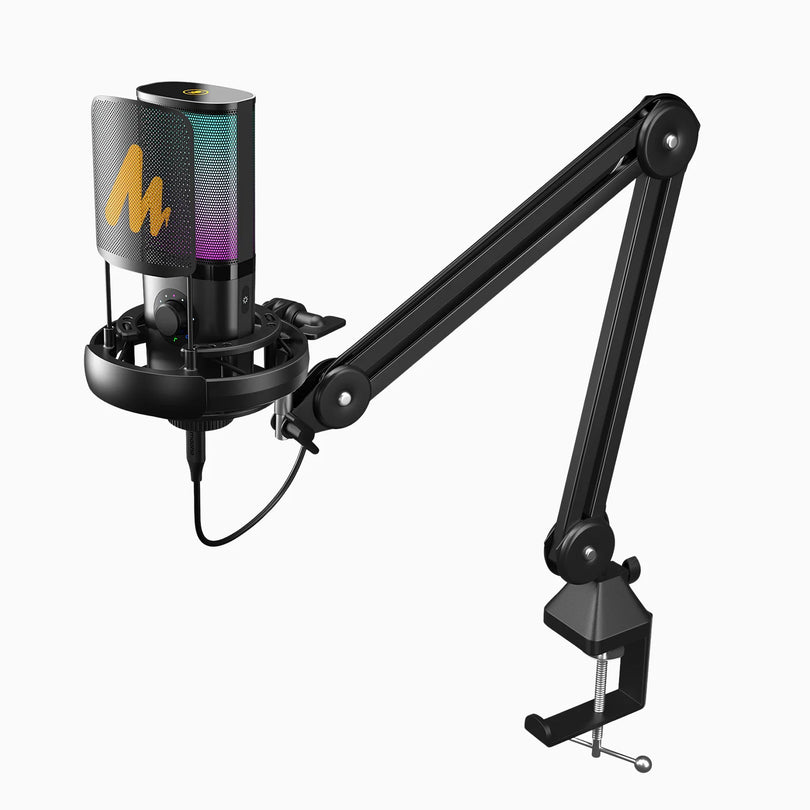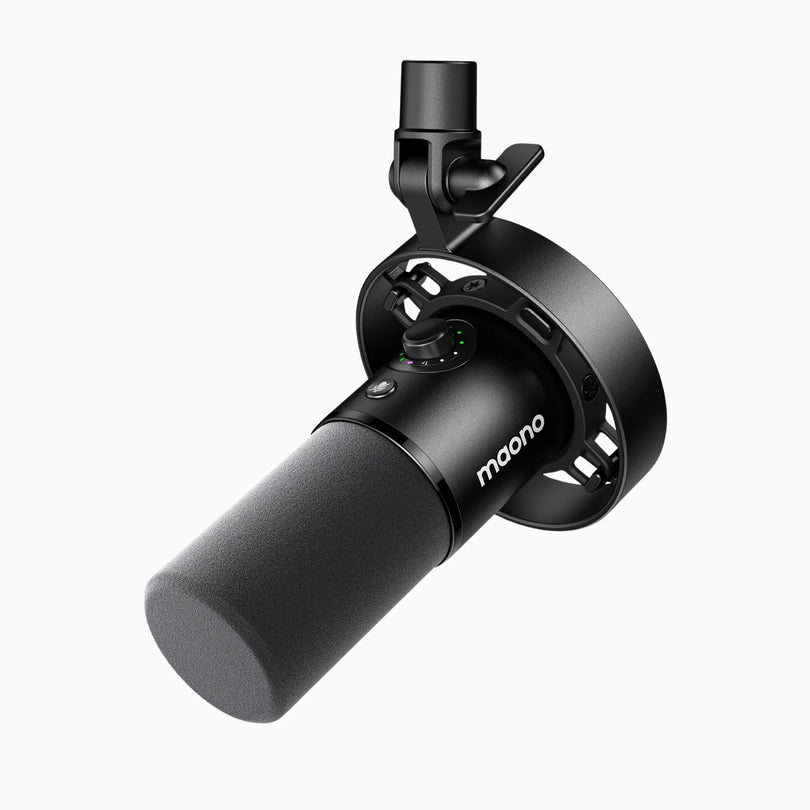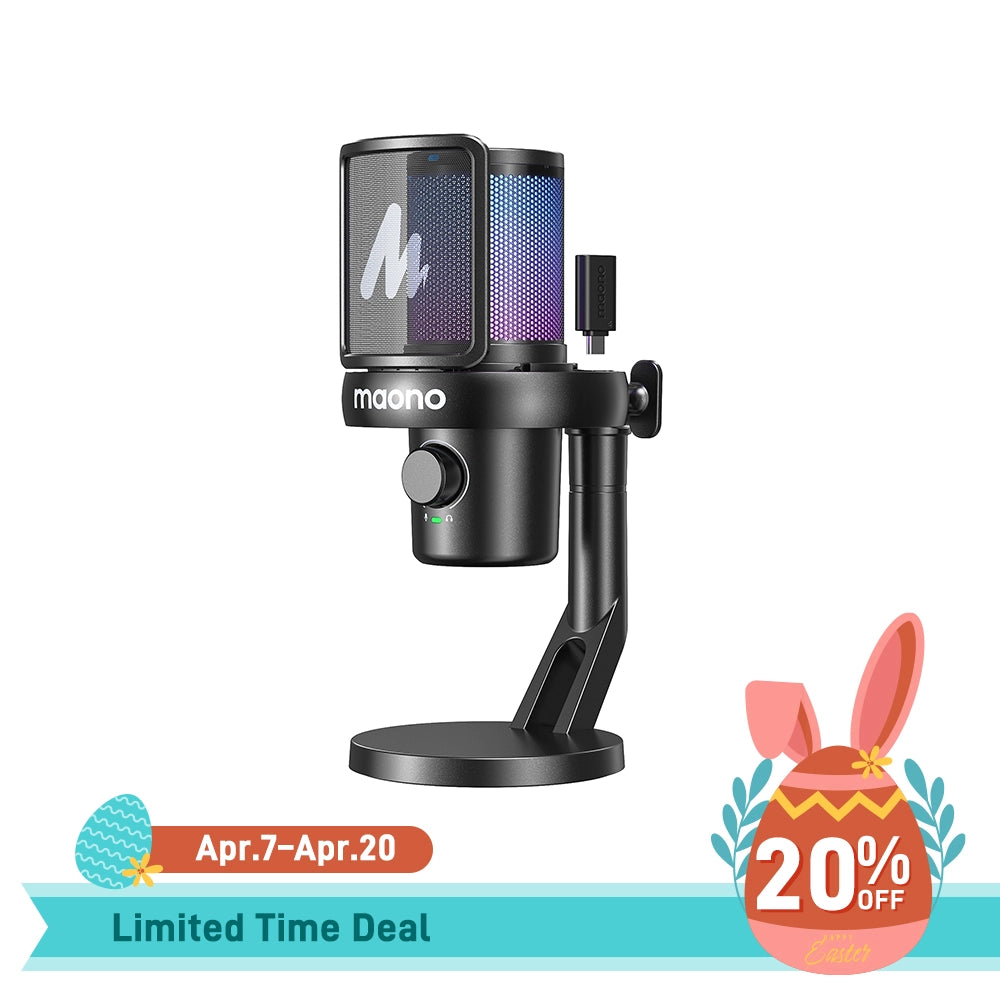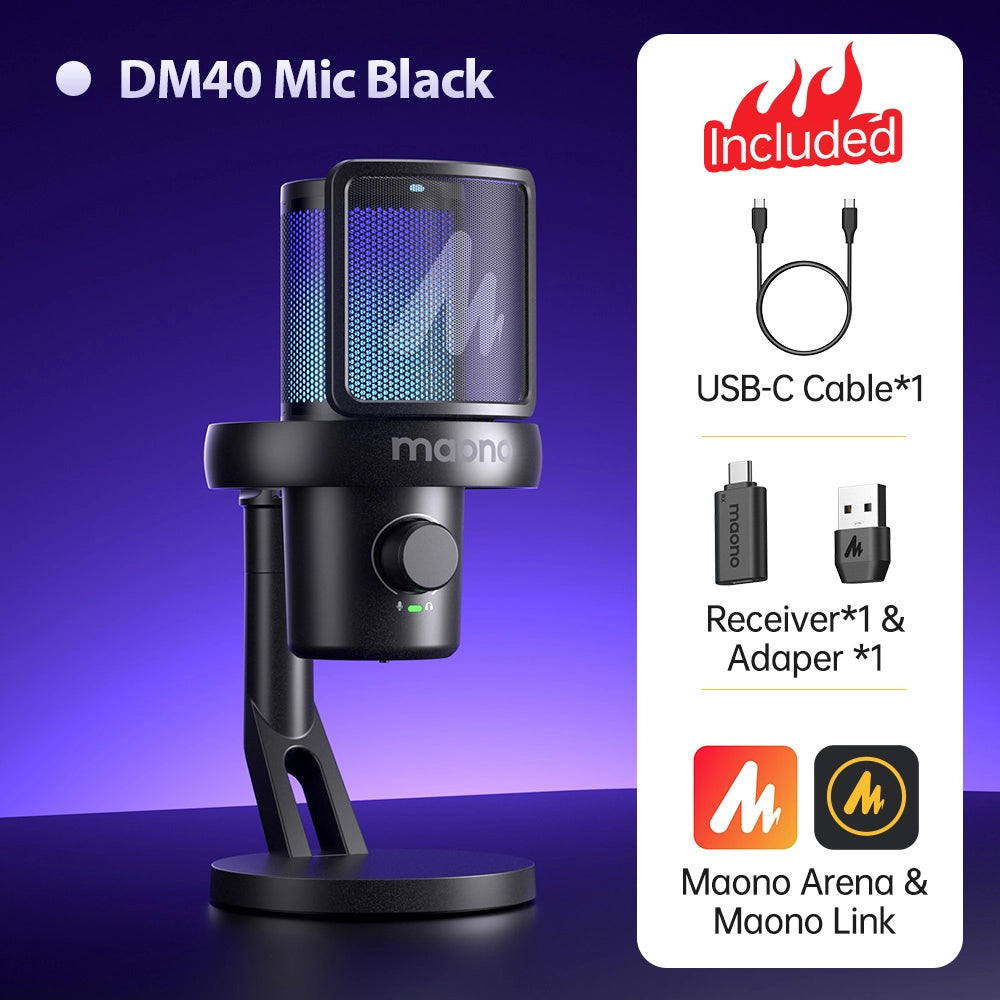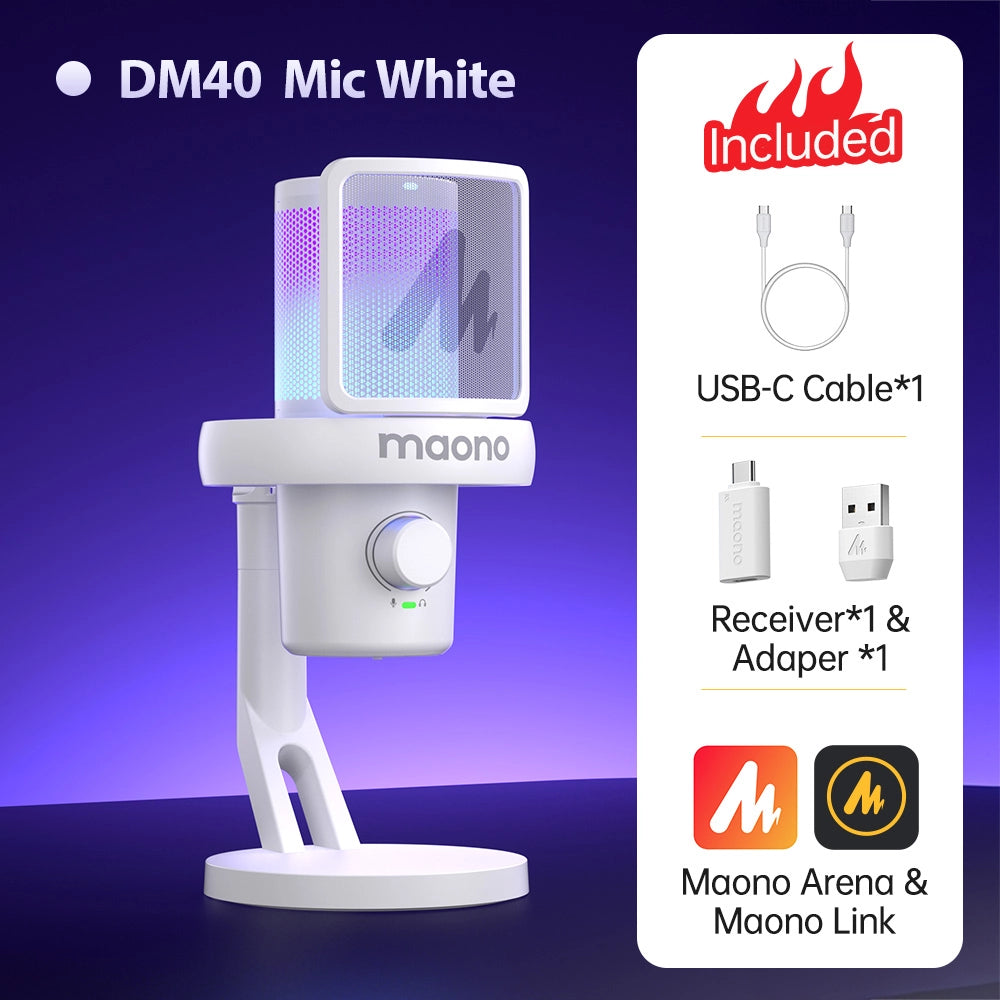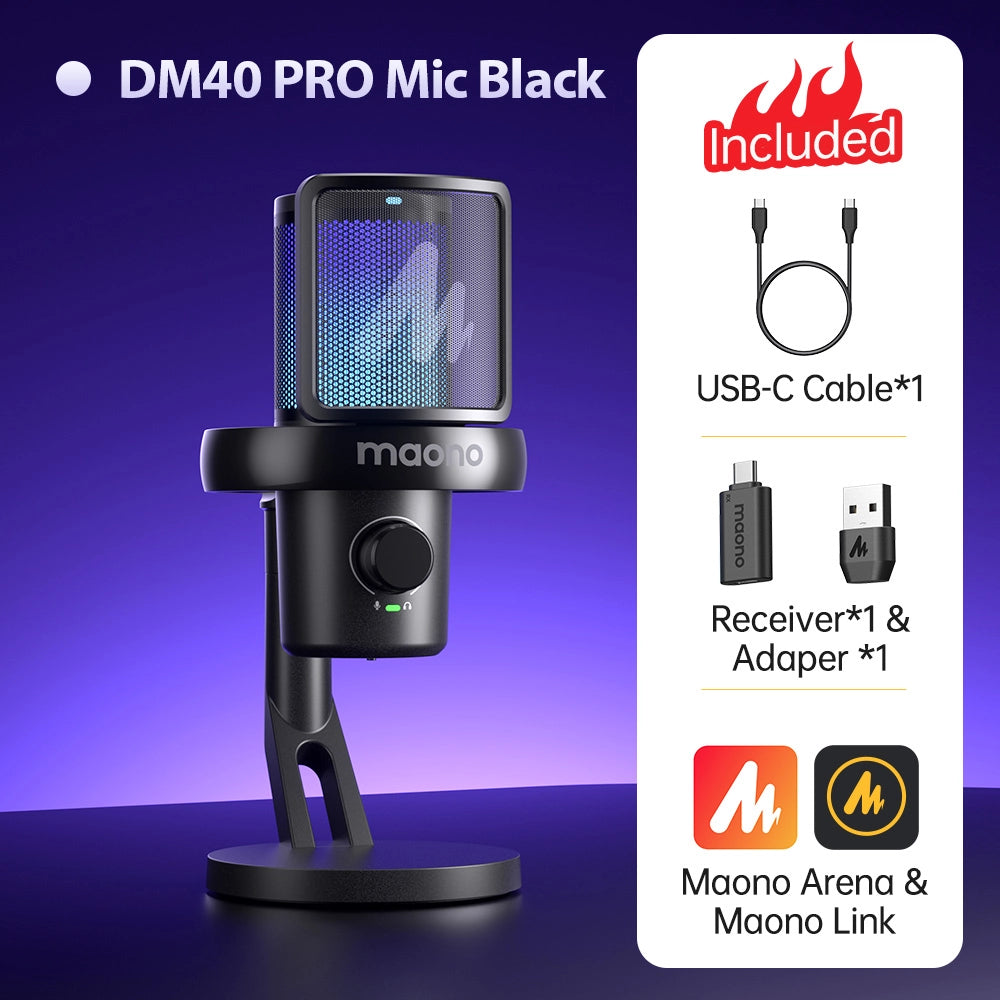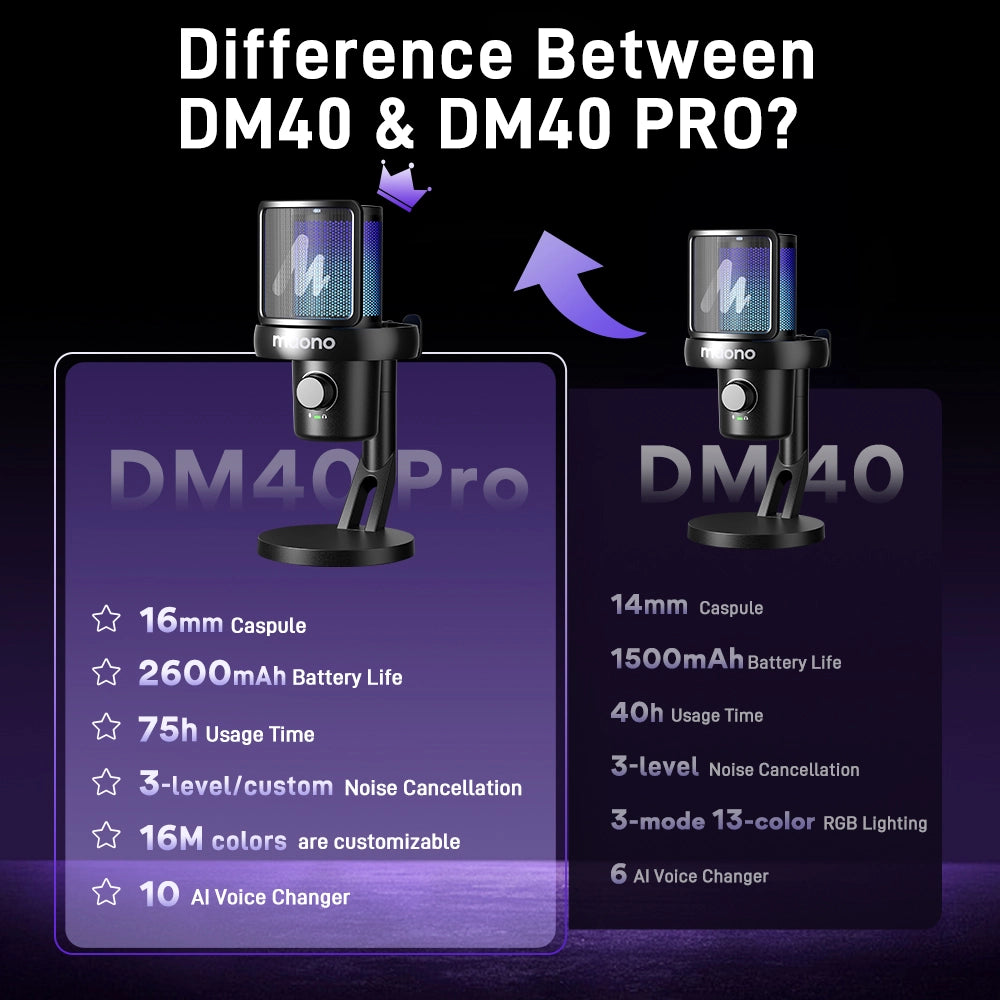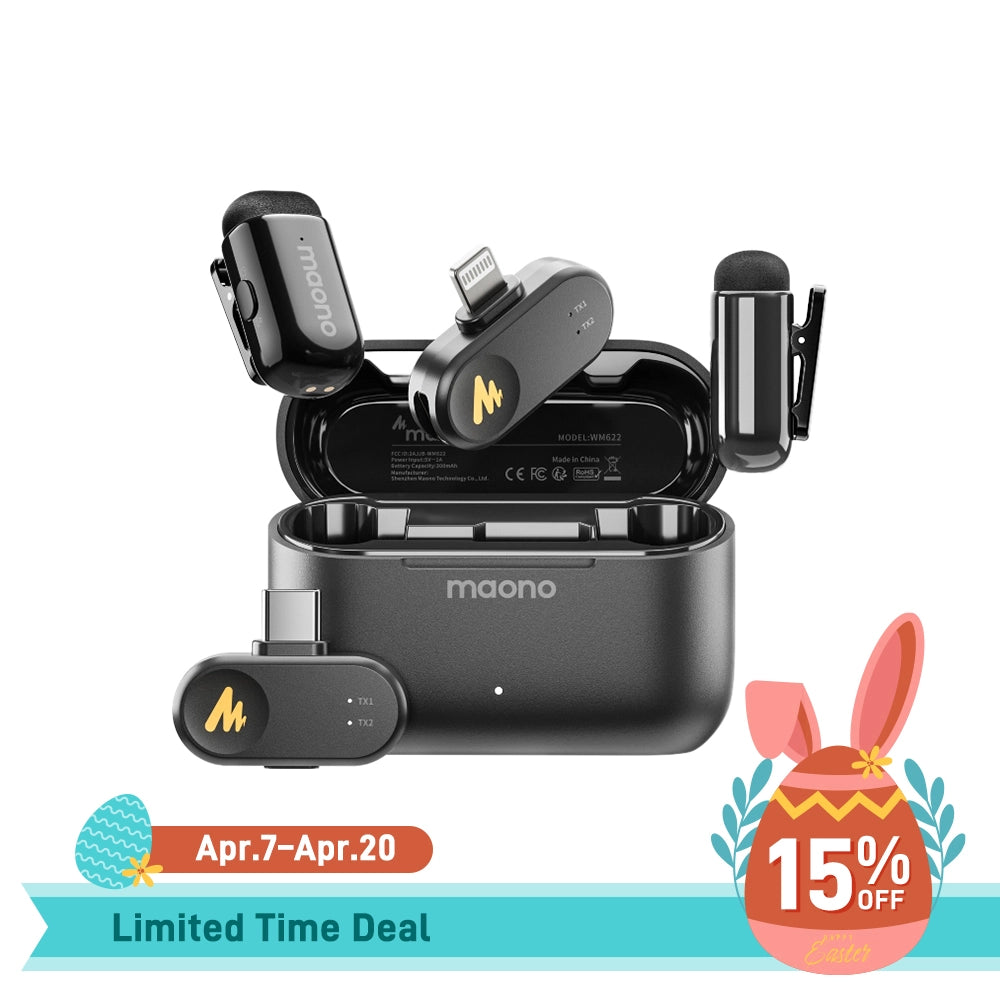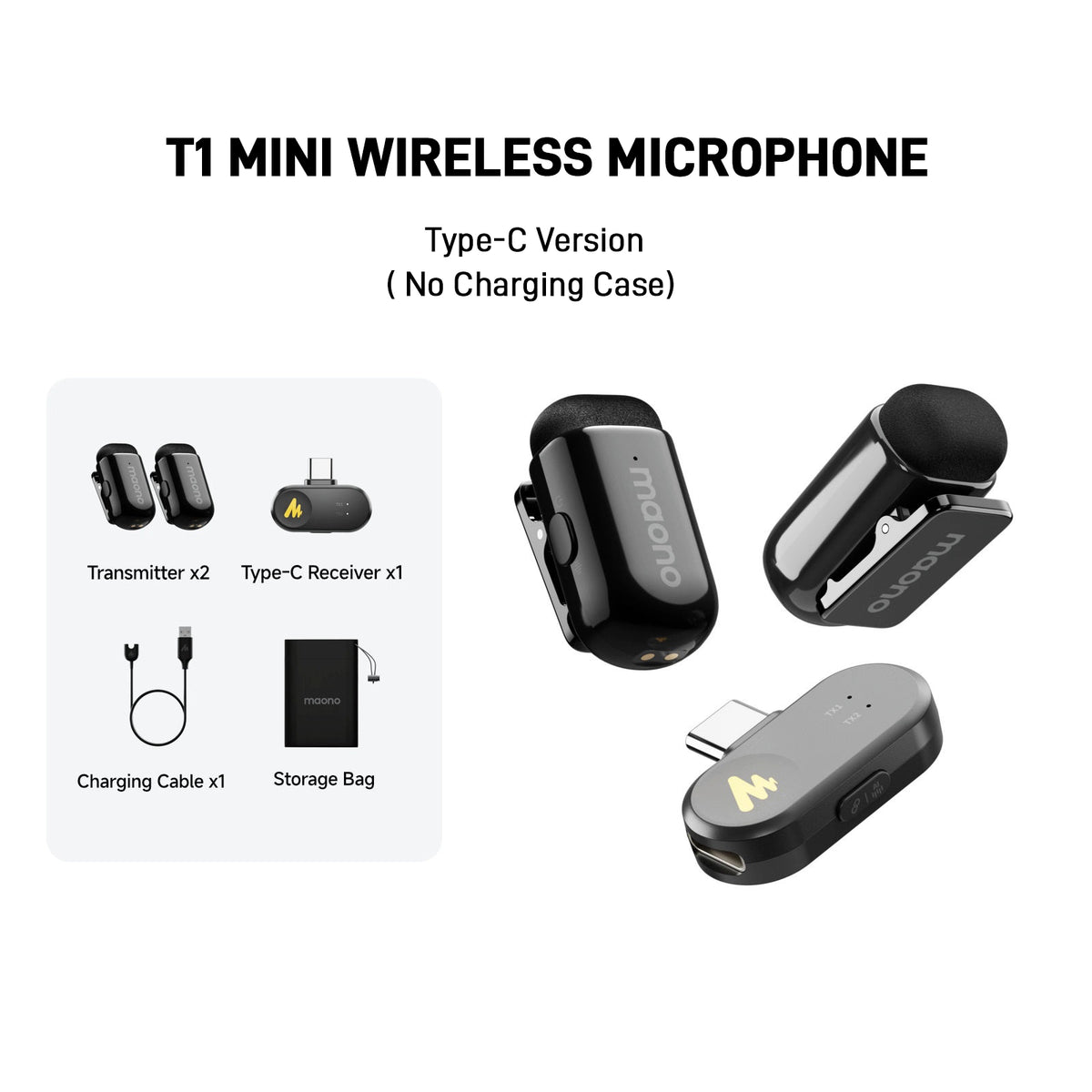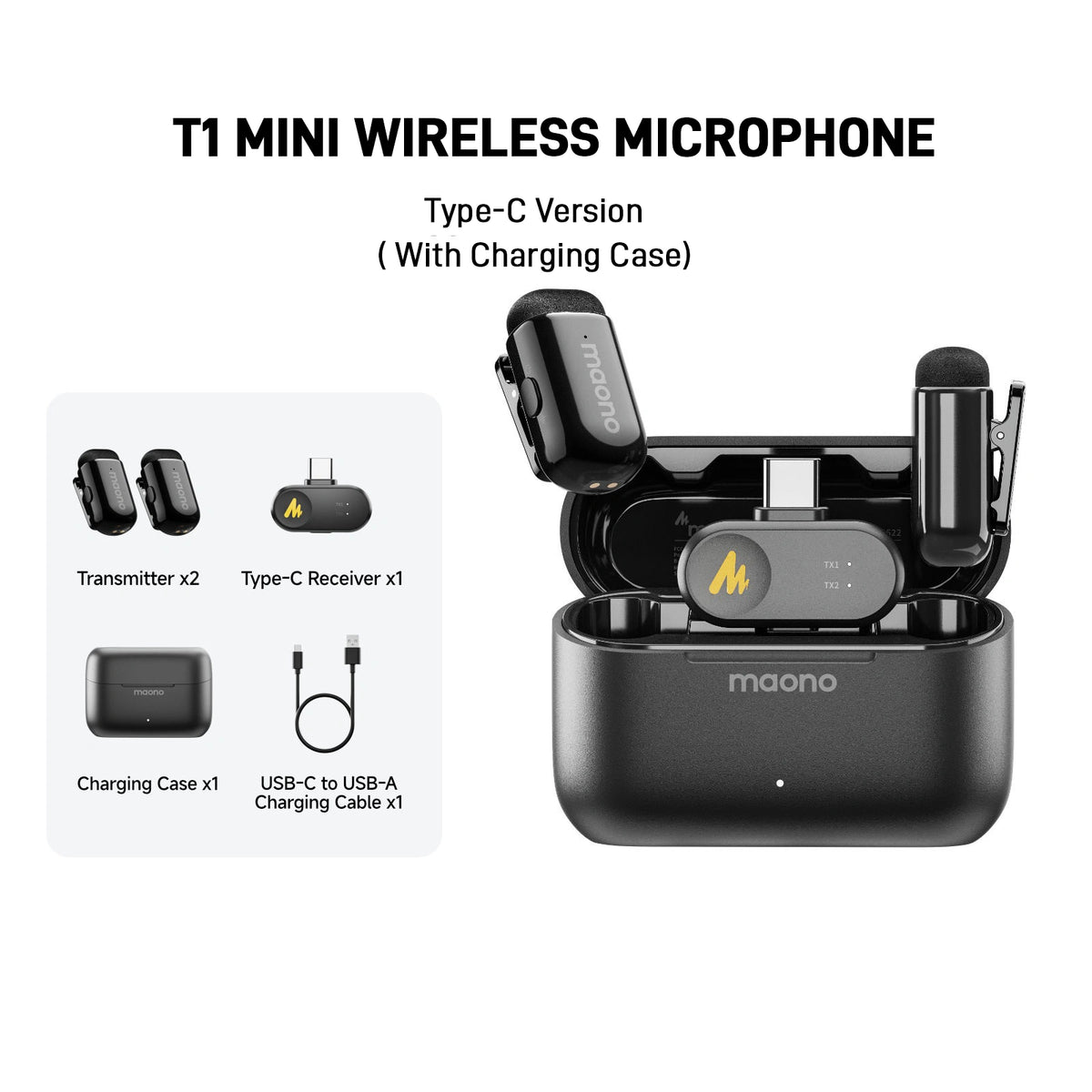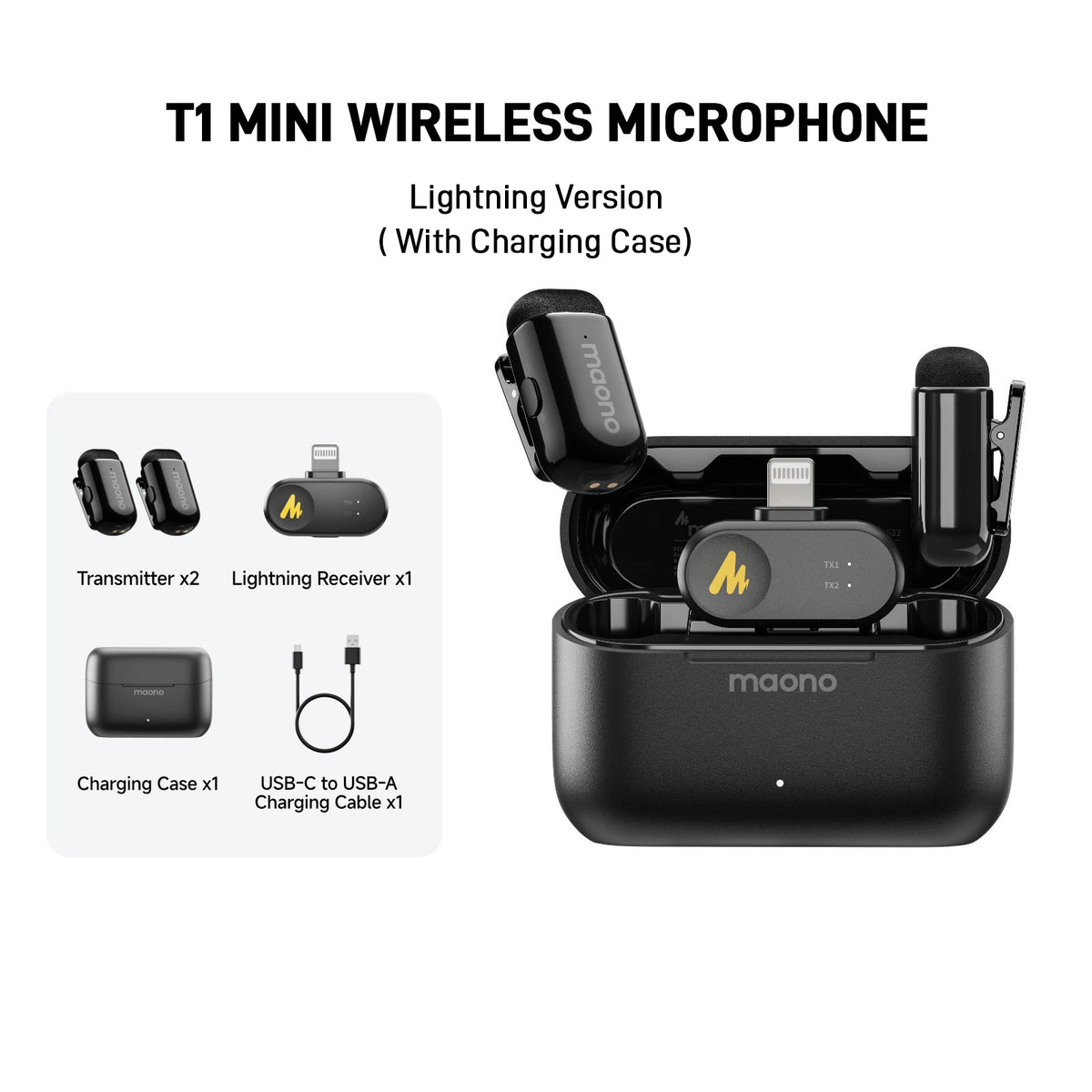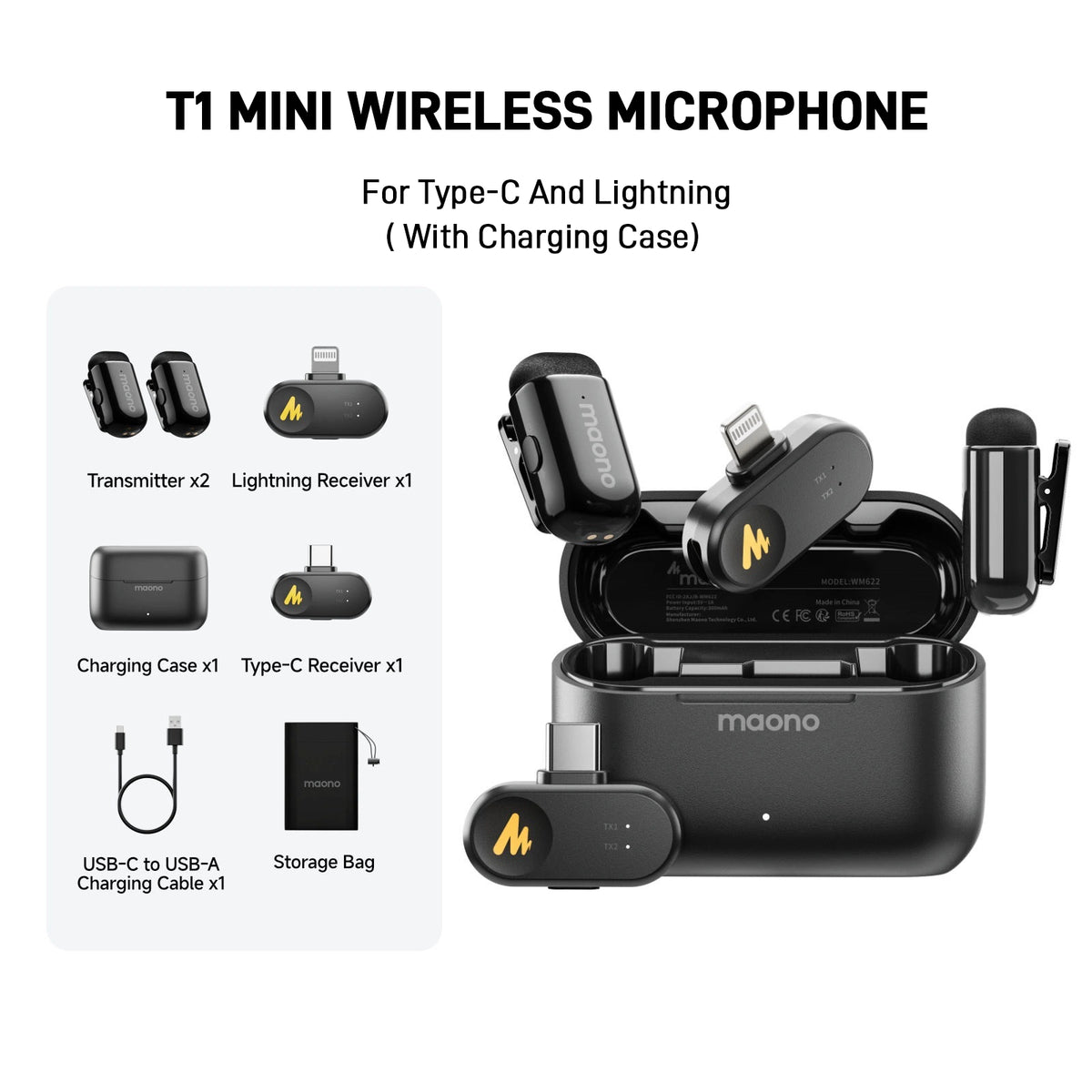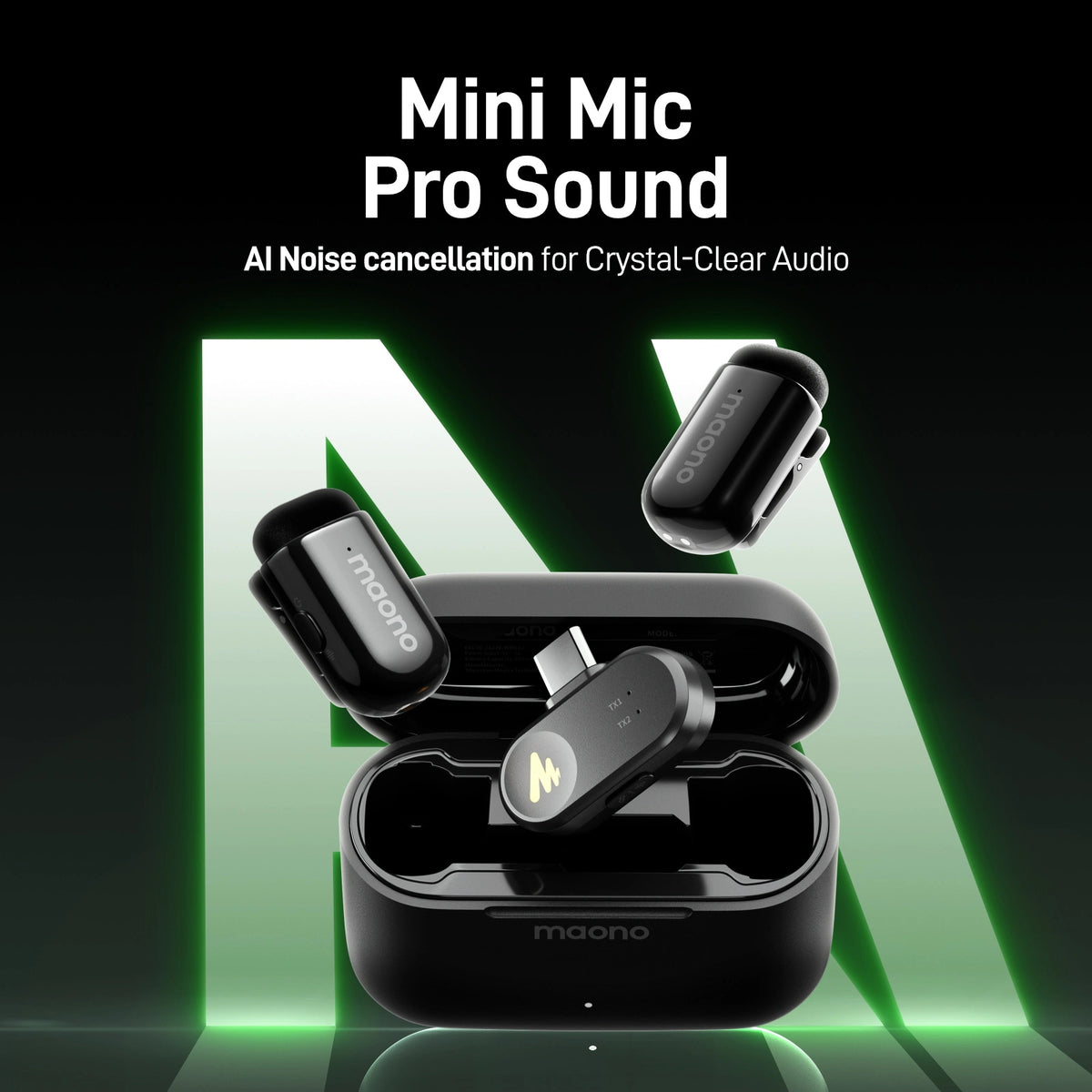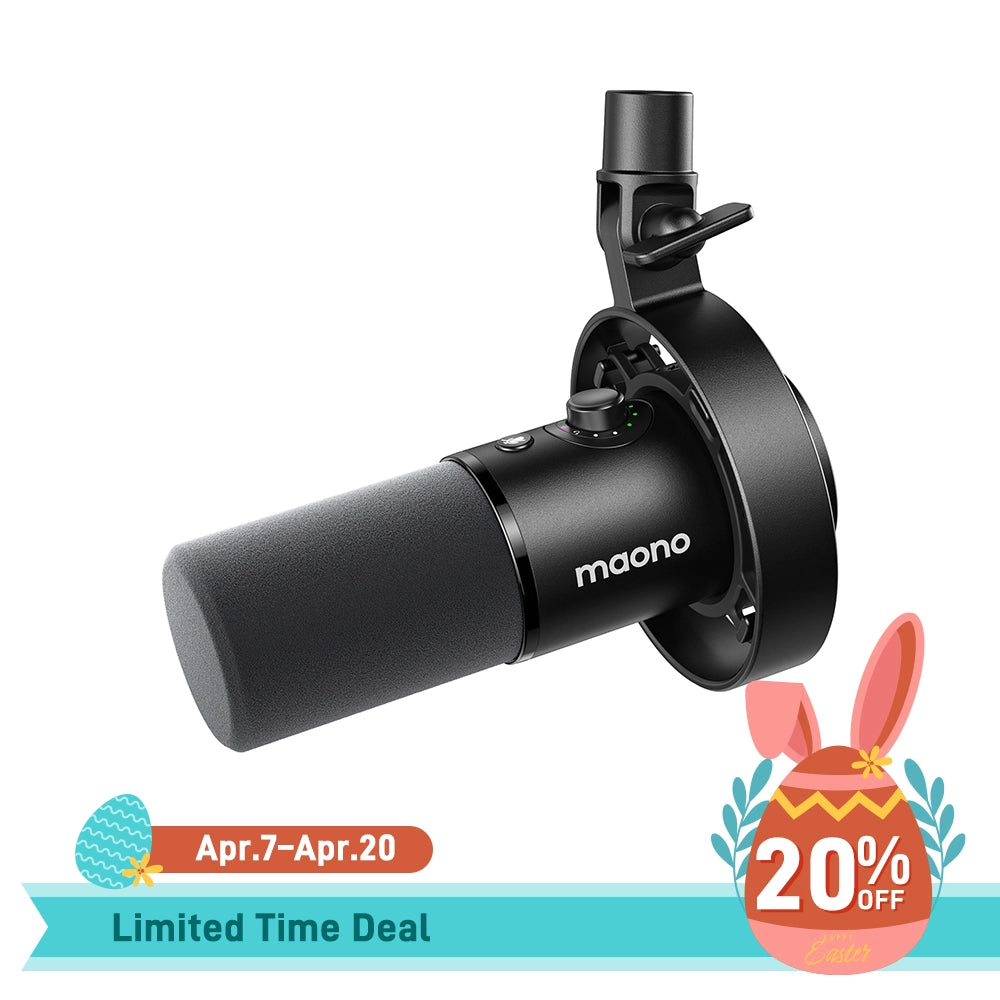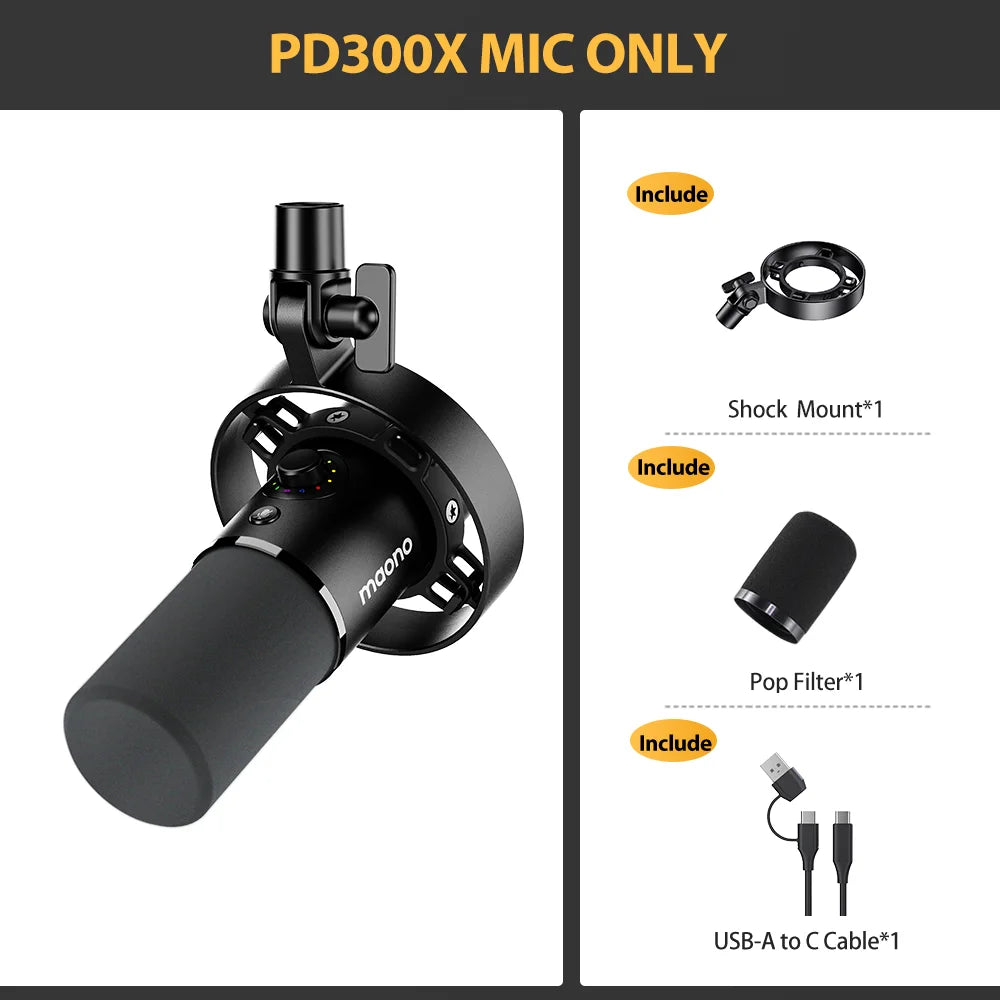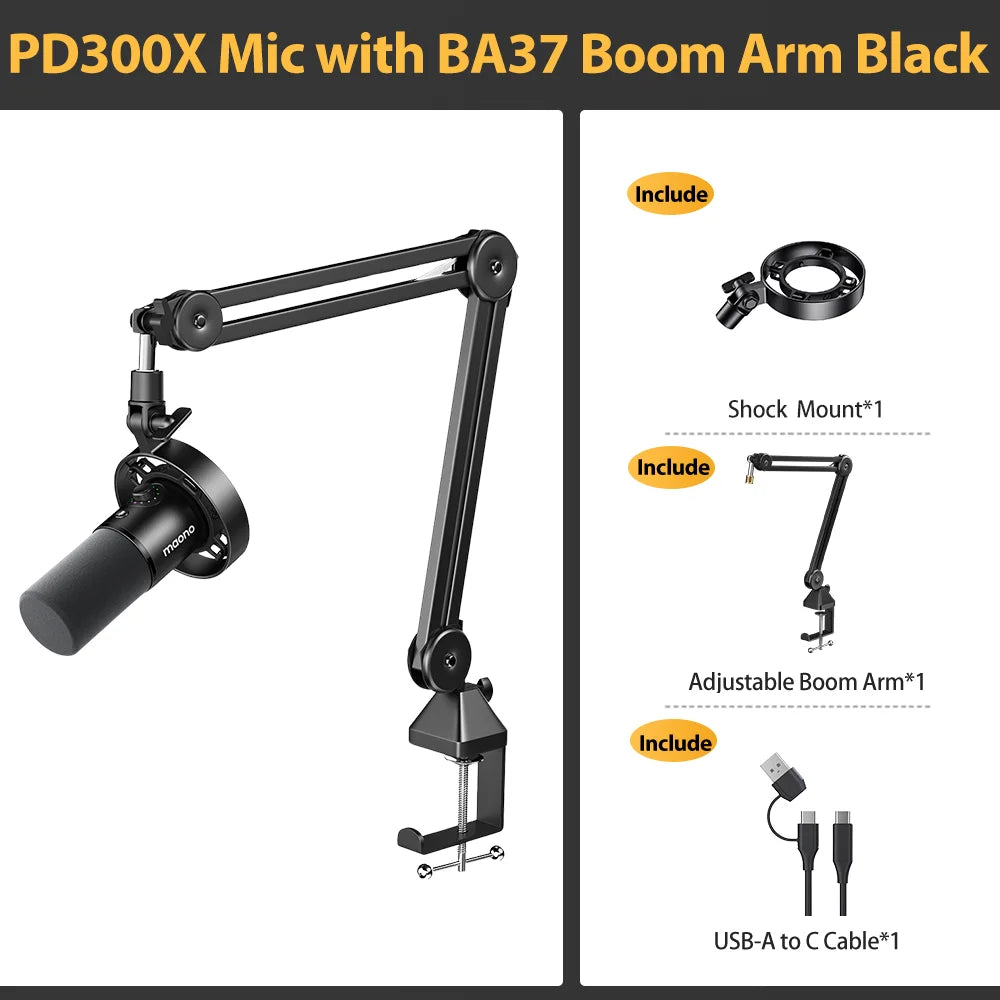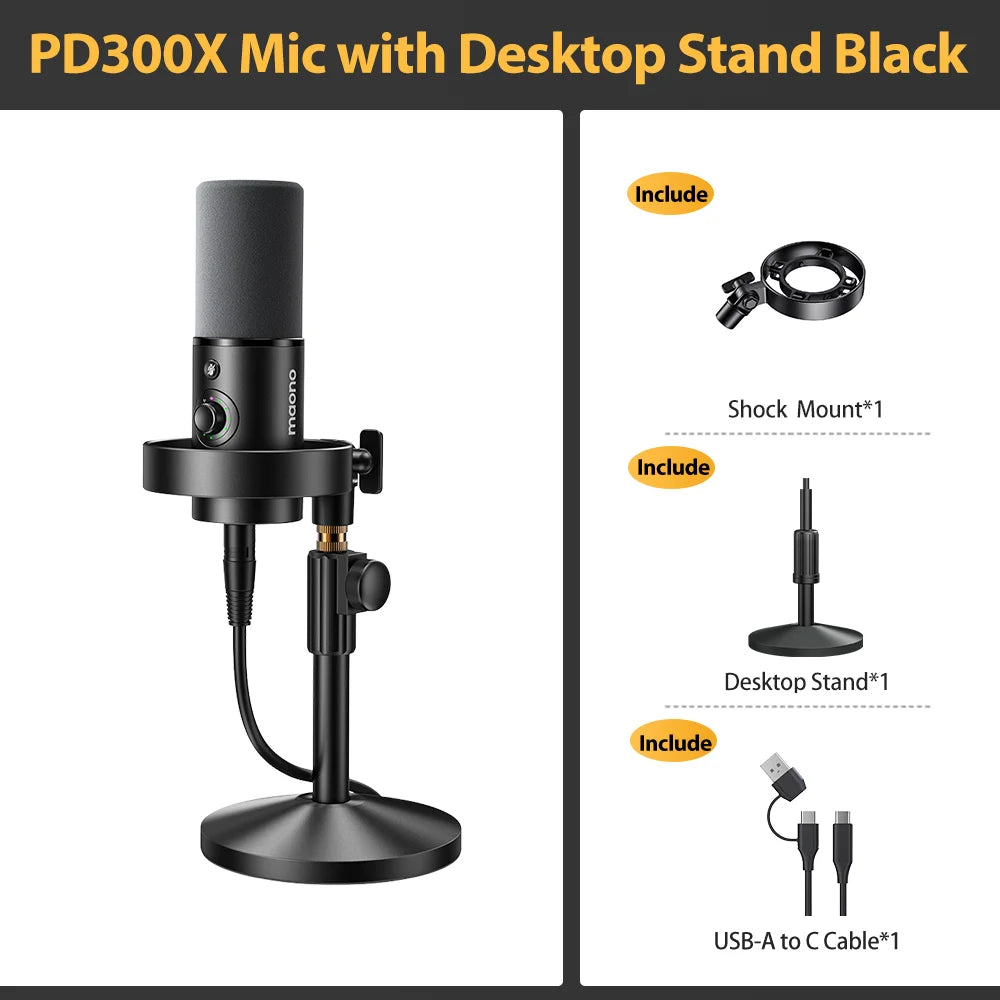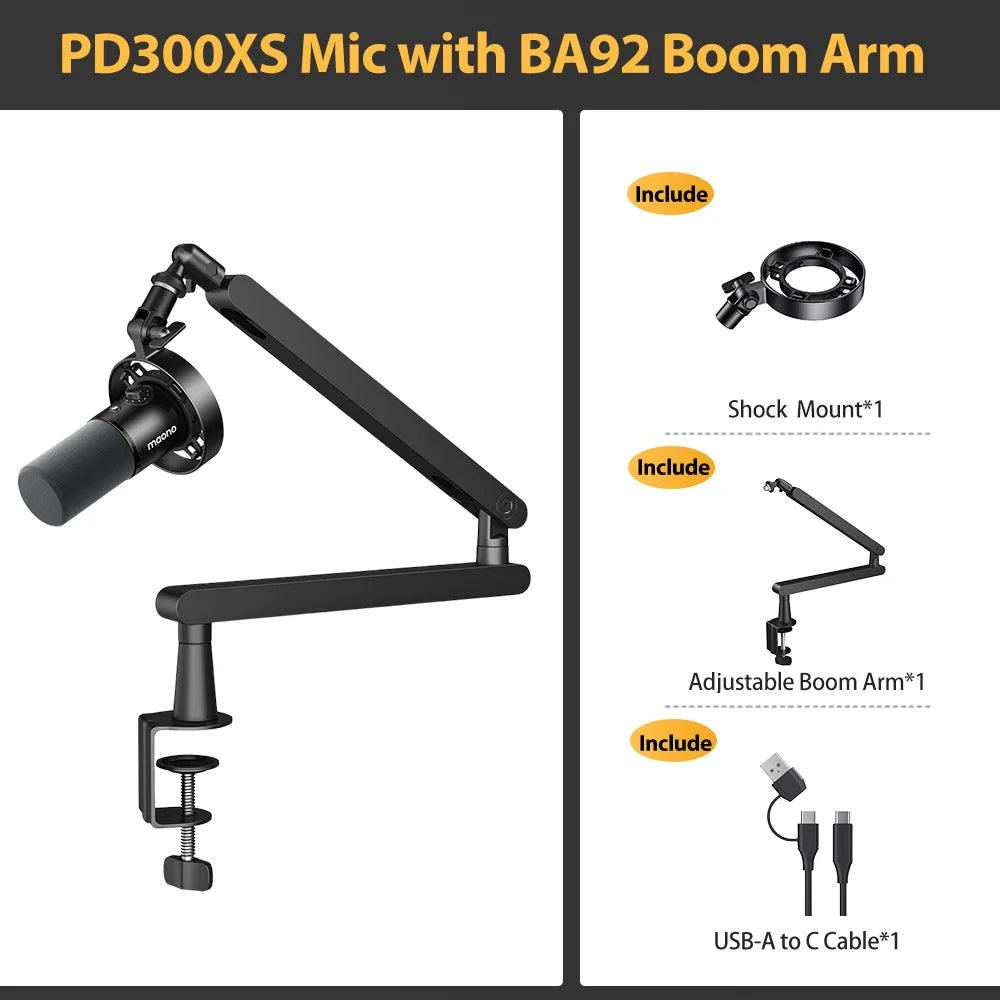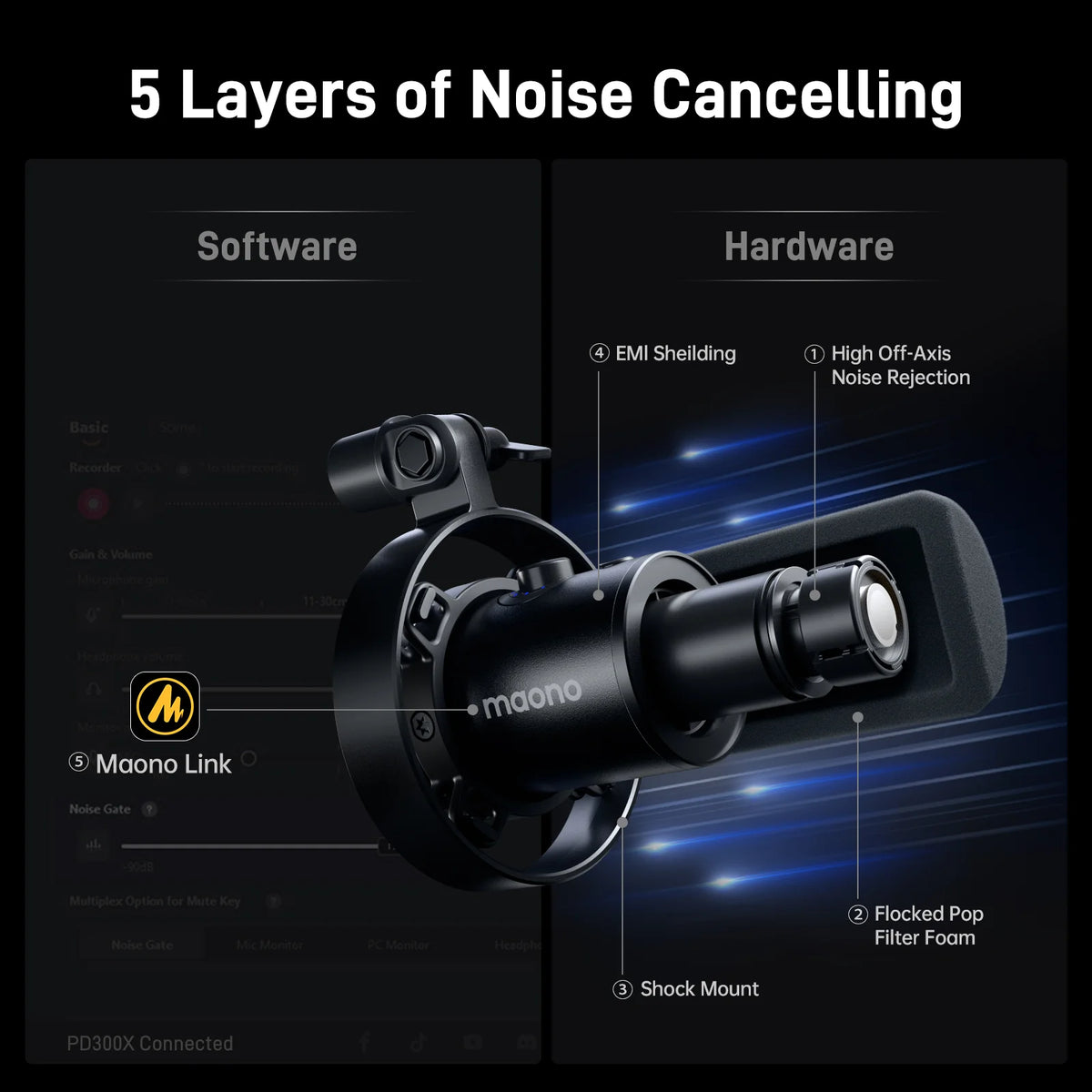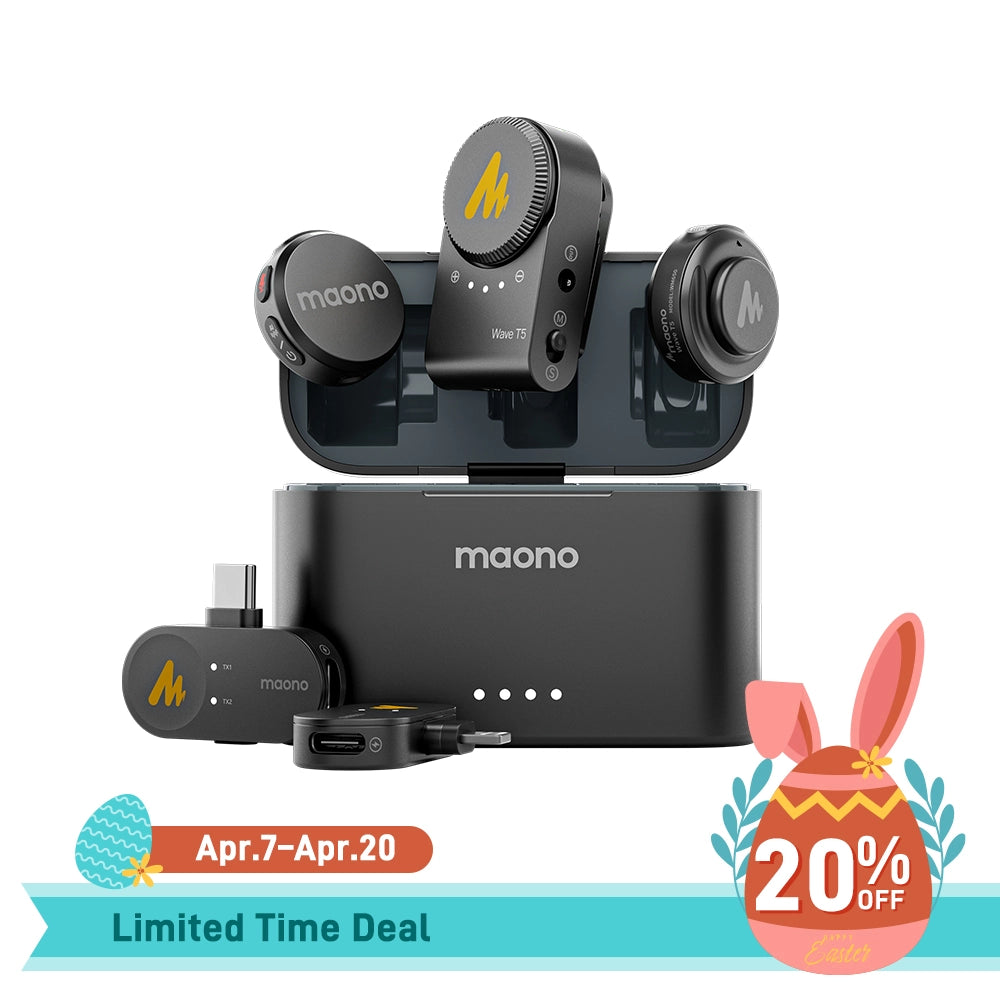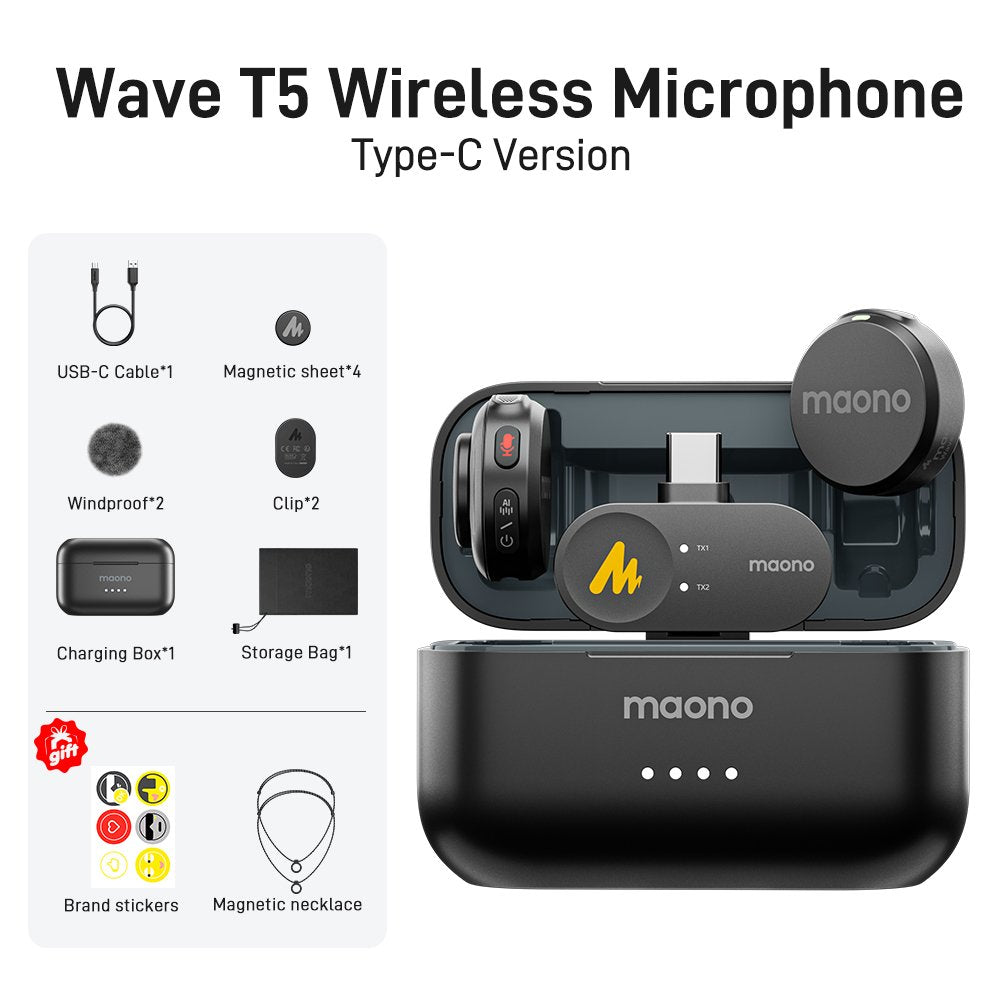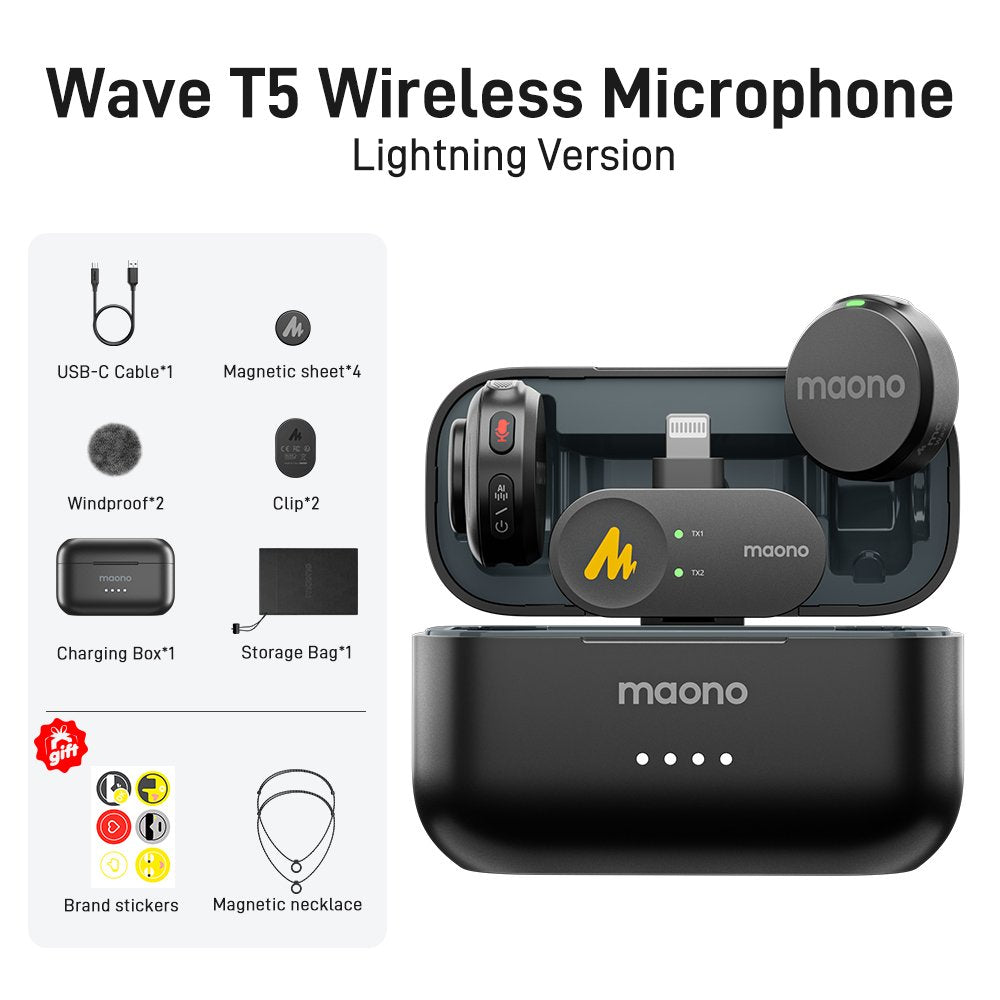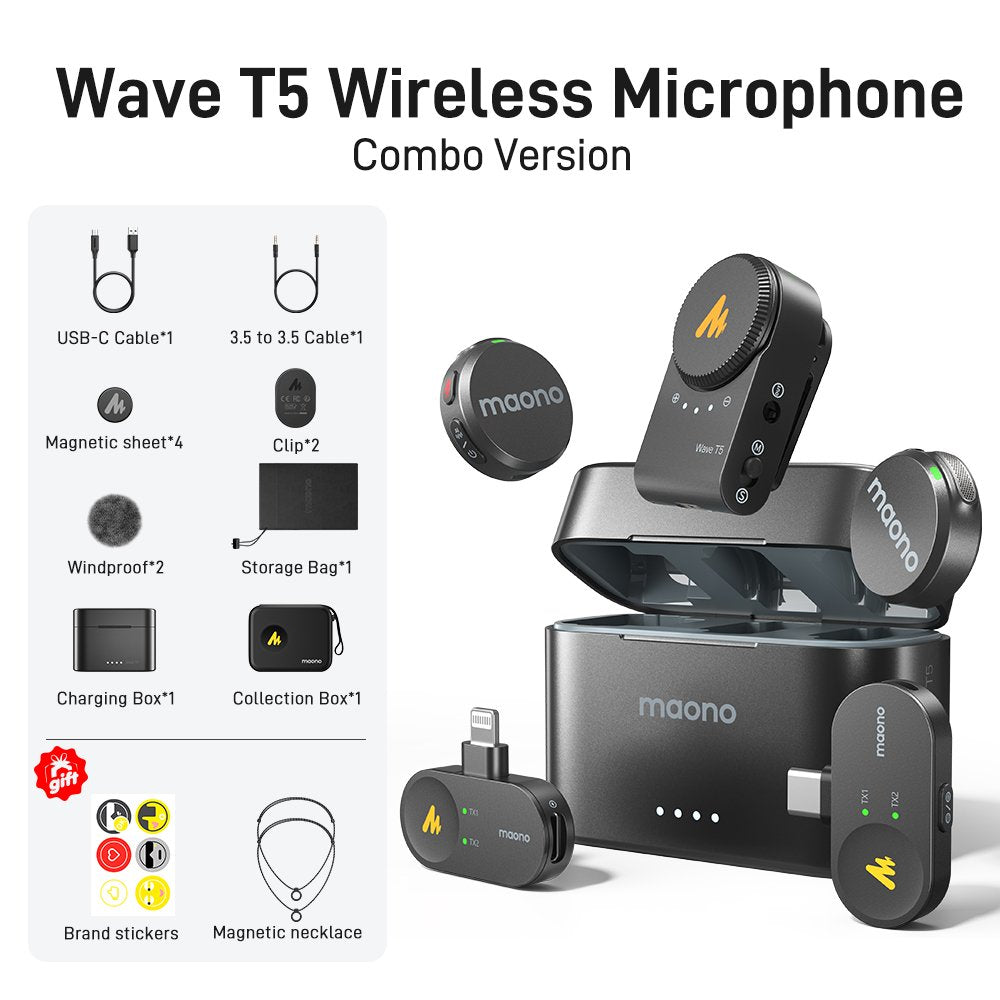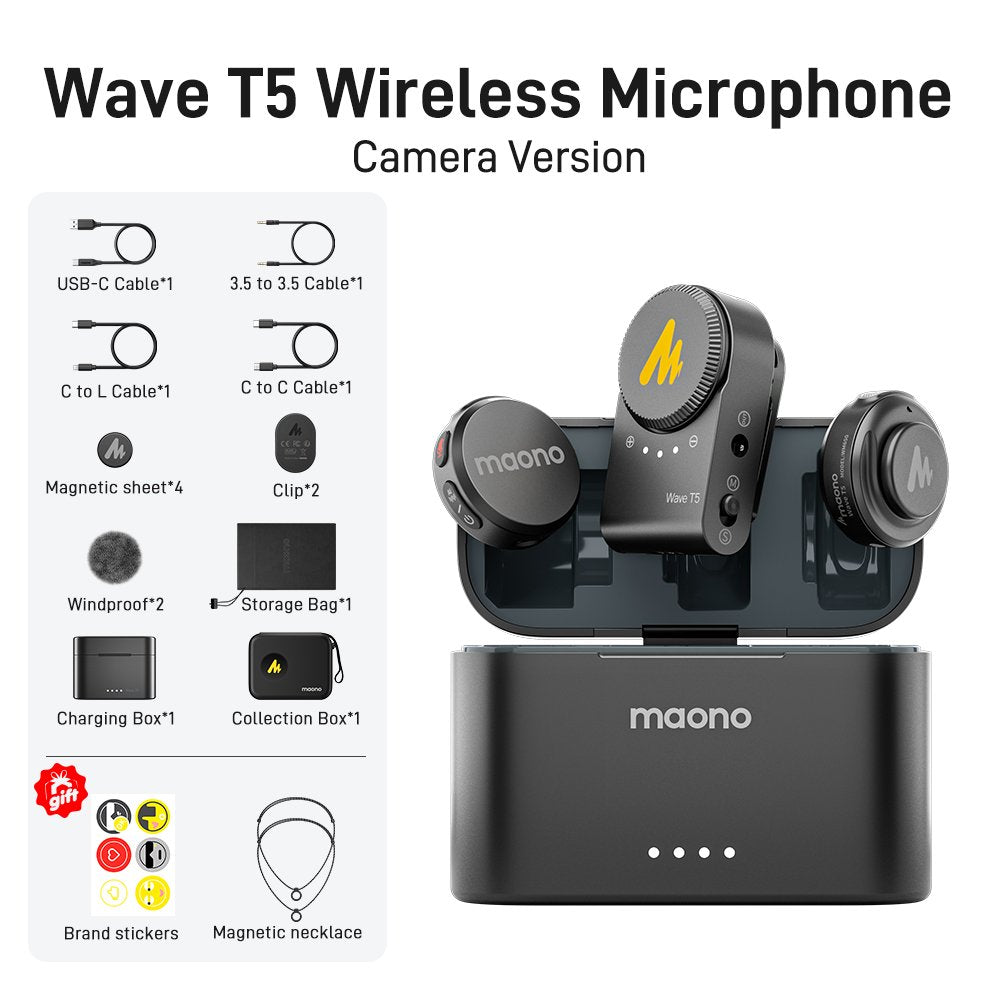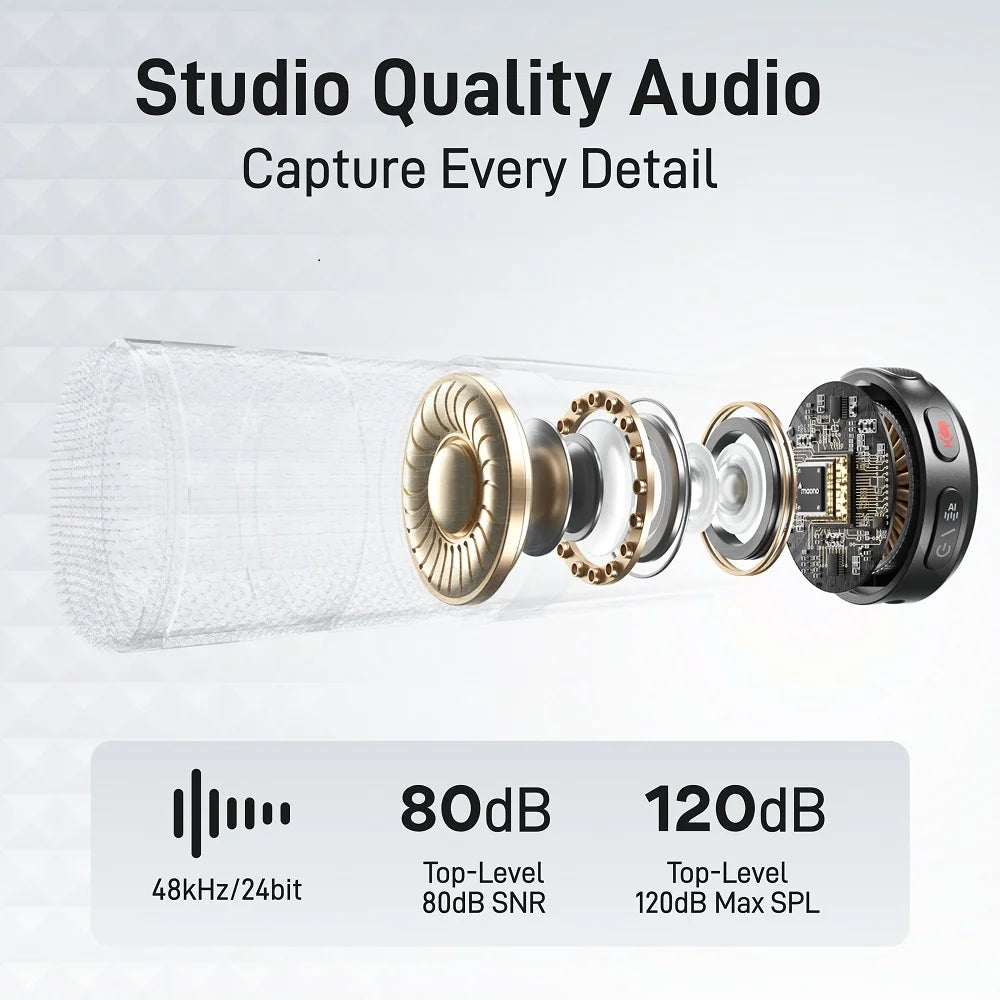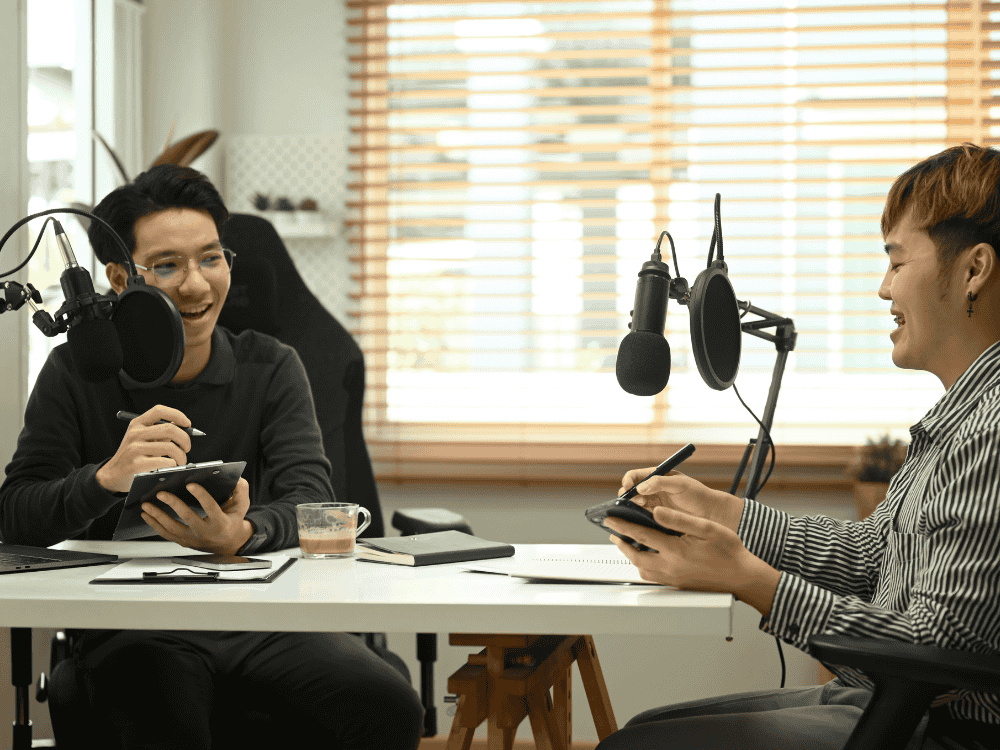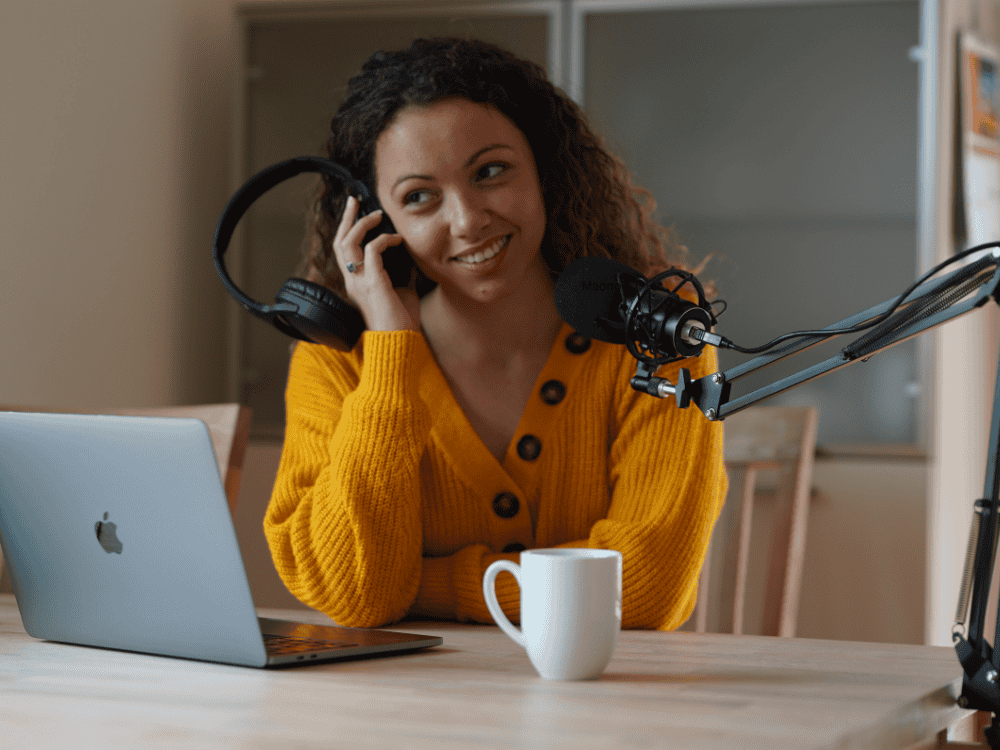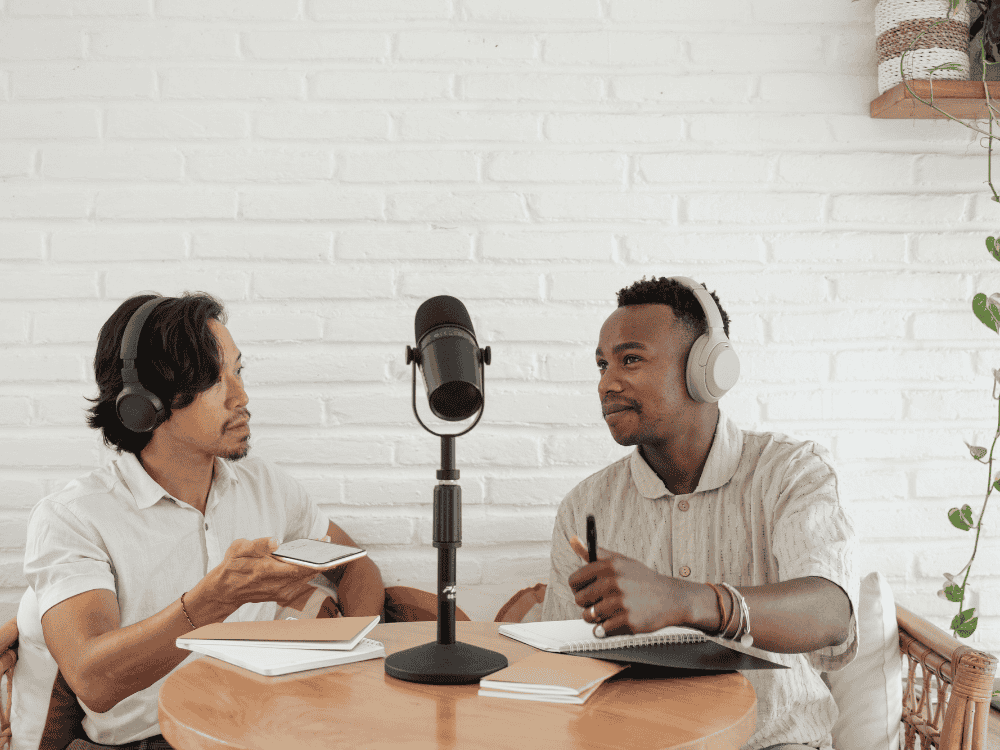Introduction to podcasting
In recent years, podcasts have become an increasingly popular form of entertainment and communication. With their ability to reach a wide audience and provide individuals with a platform to share their thoughts and ideas, podcasts have become a powerful medium for storytelling, education, and business promotion. If you're thinking about starting a podcast and building a following as a podcast, one of the first things you'll need is the best podcast beginner kit. In this guide, we’ll explore everything you need to know about choosing the perfect podcast starter kit to ensure your podcasting journey gets off to a flying start.
Why a Podcast Beginner Kit is Essential for New Podcasters
A podcast starter kit is essential because it provides you with all the necessary tools and equipment to get your podcast up and running. Without a proper podcast starter kit, you may encounter various challenges and limitations that can hinder the quality of your podcast. A well-equipped podcast starter kit will not only enhance the audio quality of your recordings but also provide you with the convenience and versatility to create professional-level content.
How Podcast Beginner Kits Offer an All-in-One Solution
A podcast beginner kit is designed to simplify the setup process for new podcasters by providing all the essential equipment in one package. These kits eliminate the hassle of selecting individual components and ensure seamless compatibility between devices. Here’s how they offer a complete solution:
-
High-Quality Microphones
-
Most podcast beginner kits include a USB condenser microphone or a dynamic microphone that captures clear and professional-grade audio.
-
Some kits offer XLR microphones for those who may want to upgrade their setup in the future.
-
-
Studio-Quality Headphones
-
Monitoring your audio in real time is crucial. These kits typically include closed-back headphones to help podcasters hear their voice accurately and detect any background noise.
-
-
Audio Interfaces or Mixers
- Many kits, like the MaonoCaster Lite AM200 podcast beginner kit, come with an audio interface or mixer that allows you to control volume levels, apply effects, and enhance sound quality.
- Interfaces also ensure low-latency recording, improving the overall podcasting experience.
-
Essential Accessories
-
A complete podcast beginner kit often includes:
-
Pop filters & foam covers to reduce plosive sounds.
-
Adjustable boom arms or tripods for microphone positioning.
-
Cables and adapters to ensure smooth connectivity.
-
-
-
Podcasting Software & Compatibility
-
Many podcast beginner kits are designed to work seamlessly with recording software like Audacity, GarageBand, and Adobe Audition.
-
Some kits also come with access to digital audio workstations (DAWs) or trial versions of editing software.
Essential accessories for your podcast setup
Apart from the microphone and headphones, there are several essential accessories that can enhance your podcasting setup. These accessories include a microphone stand or boom arm, a pop filter or windscreen, a shock mount, and a cable or XLR adapter. A microphone stand or boom arm allows you to position the microphone at the optimal distance and angle for recording. A pop filter or windscreen helps reduce plosive sounds and unwanted breath noises, resulting in cleaner audio. A shock mount helps isolate the microphone from vibrations and handling noise. Lastly, a cable or XLR adapter is necessary to connect your microphone to the audio interface or recording device.
Understanding the components of a podcast starter kit
A podcast starter kit typically consists of several key components that work together to create a seamless podcasting experience. The most important components include a microphone, headphones, accessories, recording and editing software, an audio interface, and soundproofing materials. Each of these components plays a crucial role in ensuring that your podcast sounds professional and engaging to your listeners.
Choosing the right microphone for your podcast
One of the most critical components of a podcast starter kit is the microphone. The microphone you choose can significantly impact the audio quality of your podcast. There are various types of microphones available in the market, including dynamic microphones, condenser microphones, and lavalier microphones. Each type has its own strengths and weaknesses, so it's essential to consider your specific needs and budget when selecting a microphone for your podcast.
A dynamic microphone is a type of mic that converts sound waves into electrical signals using electromagnetism. There are two types of dynamic mics: moving-coil mics and ribbon mics. Although slightly different, they both contain permanent magnets that allow them to work using electromagnetic induction.
Because dynamic microphones contain coils and magnets, they are not as lightweight as condenser microphones, have lower sensitivity, and have poor high and low-frequency response. The advantage is that the sound is softer and suitable for recording human voices. As the sensitivity of dynamic microphones is not as high as that of condenser microphones, the effect of picking up ambient sounds is poor, so they are often used in stage performances.
Condenser microphones are recording tools that rely on a particularly sensitive vibrating diaphragm to capture sound. Condenser microphones are considered the most versatile recording studio microphones and can be used to record essentially any instrument. For example, they can pick up kick drums, guitars, and bass speakers. Moreover, whether the condenser microphone is used as a recording device on a computer, phantom power is required, and the sound will not be smaller than that of a dynamic microphone.
Condenser microphones are recording tools that rely on a particularly sensitive vibrating diaphragm to capture sound. Condenser microphones are considered the most versatile recording studio microphones and can be used to record essentially any instrument.
A lavalier microphone or lavalier is a small microphone used for television, theater, and public speaking applications to allow hands-free operation. They are most commonly provided with small clips for attaching to collars, ties, or other clothing.
If you don’t know the difference between these two types of microphones, this article can help you quickly understand the two kinds of microphones: What is the Main Difference Between Dynamic and Condenser Microphones?
When choosing a microphone, factors to consider include frequency response, noise handling, and polar pattern. Frequency response refers to the range of frequencies that the microphone can capture, while noise handling refers to the microphone's ability to handle background noise. The polar pattern determines the directionality of the microphone, and the most common polar patterns for podcasting are cardioid and omnidirectional. Ultimately, the right microphone for your podcast will depend on your recording environment, budget, and personal preferences.
Selecting the ideal headphones for podcasting
In addition to a high-quality microphone, a good pair of headphones is essential for podcasting. Headphones allow you to monitor your recordings in real-time, ensuring that the audio levels are balanced and that there are no unwanted background noises or technical glitches. When selecting headphones for podcasting, there are a few key factors to consider.
Firstly, closed-back headphones are generally preferred for podcasting because they provide better isolation from external sounds. Open-back headphones, on the other hand, allow for more natural sound reproduction but are less suitable for recording purposes.
Secondly, consider the sound quality and frequency response of the headphones. Look for headphones that provide a balanced and accurate representation of the audio, with a wide frequency range. Lastly, comfort is crucial, especially if you plan on wearing the headphones for extended periods. Look for headphones with adjustable headbands and cushioned ear cups to ensure a comfortable fit.
Recording and editing software for podcasting
To record and edit your podcast episodes, you'll need reliable recording and editing software. There are numerous options available, ranging from free to paid software, each with its own features and capabilities. Some popular recording and editing software options include Audacity, Adobe Audition, GarageBand, and Reaper.
When choosing recording and editing software, consider your level of experience and the complexity of your podcast. If you're a beginner, start with user-friendly software like Audacity or GarageBand, which offer basic editing tools and are relatively easy to learn. As you become more proficient and your podcasting needs grow, you can explore more advanced software options with a broader range of features.
The importance of audio interface and soundproofing
An audio interface is a crucial component of a podcast starter kit, as it serves as the bridge between your microphone and computer. It converts analog audio signals from the microphone into digital data that can be processed and recorded by your computer. When choosing an audio interface, consider the number of inputs and outputs you require, the audio quality, and the overall compatibility with your recording setup.
Soundproofing is another important aspect of podcasting that can significantly improve the audio quality of your recordings. Soundproofing helps reduce external noises and echoes, resulting in cleaner and more professional-sounding audio. There are various soundproofing materials available, such as foam panels, bass traps, and acoustic blankets, which can be used to treat your recording space and minimize unwanted reflections and background noises.
Researching and comparing podcast starter kits
Now that you have a better understanding of the components and considerations involved in choosing a podcast starter kit, it's time to research and compare different options. Start by reading reviews and recommendations from other podcasters to get an idea of which brands and models are popular and reliable. Consider your budget and specific requirements when comparing different podcast starter kits. Look for kits that include all the essential components mentioned earlier, and ensure that the quality and compatibility of the equipment meet your expectations.
There are generally a few questions you need to ask yourself before purchasing podcasting equipment, because the equipment you need to make a podcast depends on the scope of each project - sometimes you just need a microphone, sometimes you need several microphones, a few booms and a Mixer to make sure everyone sounds good.
Ⅰ. What is my performance format? Are you having a personal podcast or a multi-person podcast? If it is a personal podcast, you may need a good microphone and stand. If it is a podcast with more than two people, you may need relatively more equipment.
Ⅱ. Are you a group of friends sitting around a table chatting? In this case, you'll need more microphones and stands. Will some guests call in by phone? Get a mixer that handles Bluetooth audio. How about the music and live sound? These may require a podcast soundboard built into the mixer.
Ⅲ. What is your budget? Your budget determines the quality of sound your listeners hear. Determine how much you want to spend on your podcast studio, and then determine which brands and equipment are available.
Ⅳ. Where are you recording, in a professional recording studio or at home? If you are in a recording studio, it is very important to invest in a portable digital recorder. If you're at home, that part of your budget is probably better spent on a quality microphone.
Podcast Starter Kit Set Ups
The smartphone starter kit
Nowadays, with the increasingly powerful functions of mobile phones, many people like to use mobile phones as the most direct recorder. Of course, its effect is definitely not as good as a professional studio condenser microphone. If you want to use your mobile phone to record podcasts, it is not a bad idea. Just find Voice Memos or Voice Recorder Apps, There are some free recording apps for Android and iOS that can also provide you with better audio quality. You can then start your own recording.

The USB Microphone starter kit
As for USB microphones, they are generally condenser microphones. Their most shining advantage is that they are plug-and-play, as long as you have a computer or laptop. Connecting a USB mic is no harder than connecting a flash drive. So, let’s look at the best entry-level USB mics out there right now.
Maono’s USB microphones are the most diverse in terms of functions and price options. DM30RGB, PD100, A04 and PM422 are all very good choices for beginners.

The All-around podcast starter kit
if you are just starting and have a nice budget, then I suggest getting a podcast starter kit with the audio interface. It will sort out most of the sound quality issues and your audience will enjoy a better experience. Below are some of the suggested podcast starter kits recommended for you.
Budget-friendly podcast starter kits for beginners
If you're just starting and have a limited budget, there are several budget-friendly podcast starter kits available that offer good value for money. These kits typically include a basic microphone, headphones, and accessories necessary to get you started. While the quality may not be as high-end as more expensive options, budget-friendly starter kits can still produce decent audio quality and provide you with the essential tools to begin your podcasting journey.
Ⅰ. Budget Between $100-$200
If you only have about a $100-$200 budget, I would suggest you get an AMC2 NEO and PD200X podcast starter kit worth $139.99, and an MH601 headphone is only about $49, PD200X is a dual-mode dynamic microphone. It has the same high quality as other products at the same price in terms of recording. You can rest assured that the AMC2 sound card can help you adjust different sound needs and cooperate with you to achieve what you want in your podcast Effect.
Ⅱ. Budget Between $200-$300
There are many types of podcast starter kits on the market for us to choose from, but how can we find the most suitable one? We recommend you choose the Maono's PD200X podcast starter kit. which includes dynamic microphone *1, MH601 headphone *1, audio interface *1, and boom arm *1, which only takes about $270 to try. The price is much budget than most microphone sets on the market. this whole kit includes most podcast functions you need. Here you can find more details.
Advanced podcast starter kits for professional podcasters
For those looking to take their podcasting to the next level or have a larger budget, there are advanced podcast starter kits available that offer top-of-the-line equipment and features. These kits often include high-quality microphones, professional-grade headphones, and additional accessories to enhance your recording and editing capabilities. Advanced podcast starter kits are designed for professional podcasters or individuals who are serious about achieving the best possible audio quality and production value.
Ⅲ. Budget Between $300-$400
Maono PD400X Supreme Sound Quality Podcasting Equipment Bundle would be your first choice, though the price is a bit high, the price is about $399.99, but the sound quality would amaze your audience. if you already know about a bit of podcast, This package is the best choice for those users who require high quality and high sound quality.
Tips for setting up your podcast starter kit
Once you've chosen the perfect podcast starter kit, it's time to set up your equipment and begin recording. Here are a few tips to help you get started:
- Find a quiet and acoustically treated space for recording to minimize background noise and echo.
- Position your microphone at the optimal distance and angle for the best audio quality.
- Use a pop filter or windscreen to reduce plosive sounds and breath noises.
- Adjust the audio levels and monitor your recordings using headphones to ensure balanced and clear audio.
- Experiment with different recording techniques and settings to find your unique podcasting style.
- Remember, practice makes perfect, so don't be discouraged if your first few recordings aren't perfect. With time, experience, and a good podcast starter kit, you'll be able to refine your podcasting skills and create high-quality content that resonates with your audience.
Best Beginner Podcast Setup: Step-by-Step Guide
Starting a podcast doesn’t have to be expensive or complicated. Whether you’re working with a small budget or investing in professional gear, having the right setup is essential for clear audio and a smooth recording process. This guide will walk you through the key components of a beginner podcast setup, including budget-friendly microphones, audio interfaces, essential accessories, and recording software to get you started.
1. Budget-Friendly Podcast Microphones (USB & XLR)
Your microphone is the most important piece of podcasting equipment. Beginners can choose between USB and XLR microphones, depending on their budget and future upgrade plans.
-
Best USB Mics for Beginners (Plug-and-play, no extra equipment needed)
-
Maono AU-A04 – Great sound for approximately $50 to $60
-
Audio-Technica ATR2100x-USB – Dual USB/XLR, ideal for future upgrades
-
Blue Yeti – Versatile and easy to use for beginners
-
Best XLR Mics for Beginners (Requires an audio interface)
-
Rode PodMic – Budget-friendly dynamic mic with great vocal clarity
-
Audio-Technica AT2020 XLR – Affordable condenser mic with detailed sound
-
Shure SM58 – Durable and widely used in podcasting
2. Audio Interfaces vs. USB Mics for Beginners
If you choose an XLR microphone, you’ll need an audio interface to connect it to your computer. USB microphones don’t require an interface, making them more beginner-friendly.
|
Feature |
USB Microphones |
XLR Microphones + Interface |
|
Ease of Use |
Plug-and-play |
Requires setup & extra gear |
|
Sound Quality |
Good, but limited |
Higher-quality audio |
|
Upgradeability |
Limited |
Flexible (can swap mics) |
|
Price |
Lower cost |
Higher initial investment |
For beginners, a USB mic is the simplest option. However, if you plan to upgrade your setup later,investing in an XLR mic with an interface is a great long-term choice.
Best Beginner Audio Interfaces:
-
Focusrite Scarlett Solo (3rd Gen) – Budget-friendly and reliable
-
MaonoCaster Lite AM200 – Portable and beginner-friendly for podcasting
-
Behringer UMC22 – Affordable XLR interface with decent preamps
3. Headphones, Pop Filters, and Mic Stands
Good headphones help you monitor your audio, while pop filters and mic stands improve sound clarity and comfort.
-
Best Budget Headphones:
-
Audio-Technica ATH-M20x – Great for beginners, under $50
-
Maono MH601 – Affordable with good sound isolation
-
Sony MDR-7506 – Industry standard for clear monitoring
-
Pop Filters & Windscreens (Reduces plosive sounds like "P" and "B")
-
Nady MPF-6 – Simple and budget-friendly
-
Maono PF150F – Good for beginners
-
Mic Stands & Boom Arms
-
Neewer Adjustable Boom Arm – Sturdy and affordable
-
Maono BA90 Boom Arm – Great for desk setups
4. Podcast Recording Software Recommendations
You need podcast recording software to capture and edit your audio. Here are some great beginner options:
-
Free Software:
-
Audacity – Simple and easy to use for beginners
-
GarageBand (Mac) – Good for basic editing and recording
-
Paid Software for Better Editing:
-
Adobe Audition – Professional-grade audio editing
-
Reaper – Affordable with great features
5. Beginner Podcast Setup Comparison Table
|
Budget Level |
Microphone |
Audio Interface |
Headphones |
Accessories |
Software |
|
Budget (<$100) |
Maono AU-A04 (USB) |
N/A |
Maono MH601 |
Pop filter, basic stand |
Audacity |
|
Mid-Range ($100-$300) |
Audio-Technica ATR2100x-USB (USB/XLR) |
Focusrite Scarlett Solo |
Audio-Technica ATH-M20x |
Boom arm, pop filter |
GarageBand, Reaper |
|
Pro-Level ($300+) |
Rode PodMic (XLR) |
Focusrite Scarlett 2i2 |
Sony MDR-7506 |
Boom arm, shock mount |
Adobe Audition |
The best beginner podcast setup doesn’t have to break the bank. If you want a simple, plug-and-play setup, go with a USB microphone like the Audio-Technica ATR2100x-USB. If you prefer professional-quality sound, an XLR mic with an audio interface is the best long-term choice. Don’t forget essential accessories like headphones, pop filters, and mic stands to improve your recording quality. With the right setup and software, you'll be ready to launch your podcast with clear, professional audio!
Podcast Starter Kit: FAQs
In this section, we’ll answer some frequently asked questions about podcast setup and starter kits.
Ⅰ. Will a condenser microphone give me better audio quality?
Condenser microphones differ from dynamic microphones in their function and construction. A simple difference between the two is that capacitive headphones are better suited for recording sound in optimal circumstances, while dynamic headphones will handle sub-optimal conditions in a more appropriate manner.
Honestly, any type of microphone is sufficient for podcasting. What really matters is how and where you use it. I wouldn't let whether a mic is condenser or dynamic be the deciding factor in whether or not you buy a certain mic.
Ⅱ. Are XLR microphones better than USB microphones?
The XLR vs. USB debate is similar to the dynamic vs. condenser mic debate in that what matters most is how and where you use the mic. This time, we discuss how and what to plug in a microphone. Both routes have their advantages. A USB microphone makes your setup faster and easier. XLR microphones, on the other hand, are more flexible. You can plug it into a variety of recording devices (or even into your computer if via a USB audio interface). One is not "better" than the other; it's what's best for you. It’s worth mentioning that you can find microphones that do both.
Ⅲ. Is a sound card a necessary piece of audio equipment for podcasting?
A sound card is not the most necessary podcasting equipment you need, but a microphone is. If you haven’t decided to buy a sound card yet, you can just buy a microphone to start podcast first, The sound card can be considered later according to your actual needs in the future. But choosing a good quality microphone is very important, especially for novices. For your audience, it can determine whether they can become your loyal fans.
IV. How to set up an XLR podcast mic for professional audio?
To set up an XLR podcast mic for professional audio, connect it to an audio interface using an XLR cable. Ensure the interface is connected to your computer. Adjust gain levels on the interface to avoid distortion, set the appropriate input levels, and use recording software (e.g., Audacity, Adobe Audition) for fine-tuning your audio. Consider adding a pop filter and soundproofing your space for optimal results.
V. In summary, what should be included in a good podcast beginner kit?
A comprehensive podcast beginner kit typically includes:
-
Microphone: A high-quality dynamic or condenser microphone for clear audio capture.
-
Headphones: Closed-back headphones for accurate audio monitoring.
-
Audio Interface or Mixer: To connect microphones to your computer and control audio levels.
-
Accessories: Items like pop filters, boom arms, and cables to enhance recording quality and convenience.
- Software: Access to or compatibility with digital audio workstations (DAWs) for recording and editing.
VI. Is a podcast beginner kit better than buying equipment separately?
Opting for a podcast beginner kit is often more advantageous for beginners. These kits ensure component compatibility, simplify the setup process, and are usually more cost-effective than purchasing each item individually. They provide all the essential tools needed to start podcasting immediately, reducing the complexity of selecting and matching separate pieces of equipment.
VII. Which is the best budget podcast beginner kit for 2025?
The Maono PD200X Podcast Starter Kit is a top recommendation for budget-conscious beginners in 2025. Priced around $270, this kit includes a dynamic microphone, MH601 headphones, an audio interface, and a boom arm. It offers a comprehensive solution with most podcasting functions needed, making it more affordable than many other microphone sets on the market.
Conclusion and final thoughts
Choosing the best podcast starter kit for beginners is a crucial step in your podcasting journey. By understanding the components and considerations involved, you can make an informed decision that aligns with your budget and podcasting goals. Whether you opt for a budget-friendly podcast beginner kit or invest in an advanced setup, the key is to prioritize audio quality and choose equipment that suits your specific needs. With the right podcast starter kit and a passion for storytelling, you'll be well on your way to creating engaging and professional podcasts that captivate your audience.
Related Articles:
Capture Clear Voice: Best Podcast Starter Kit & Equipment Tips
How to Build a Professional At Home Podcast Setup: Your Complete Guide



